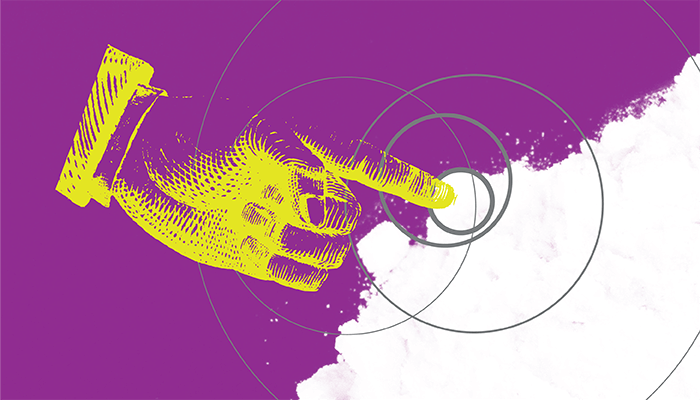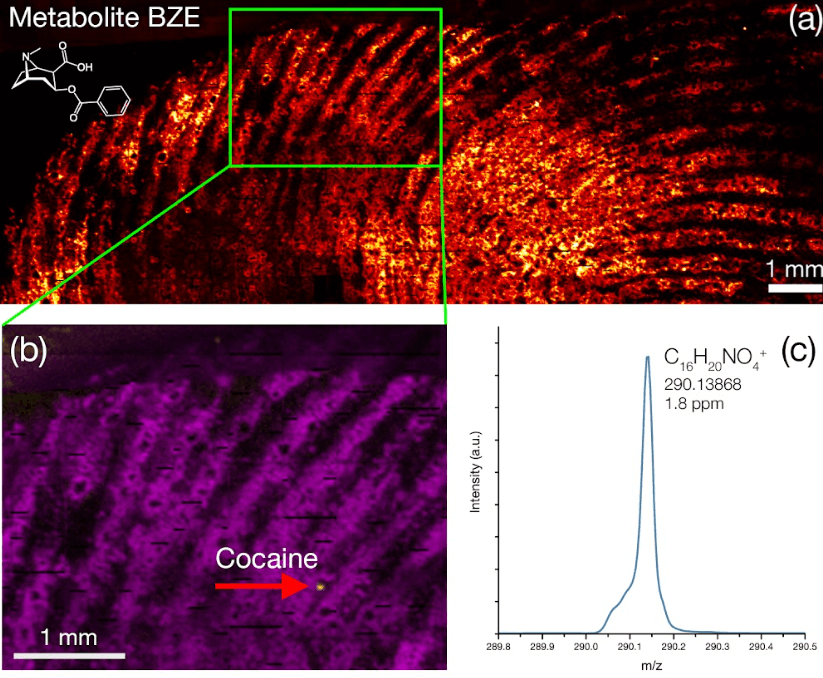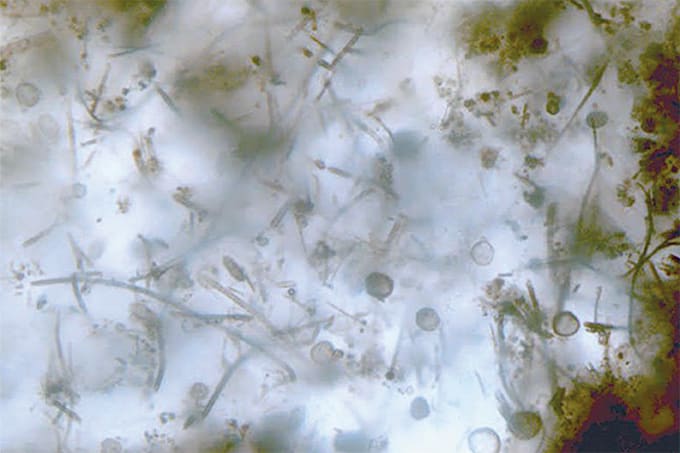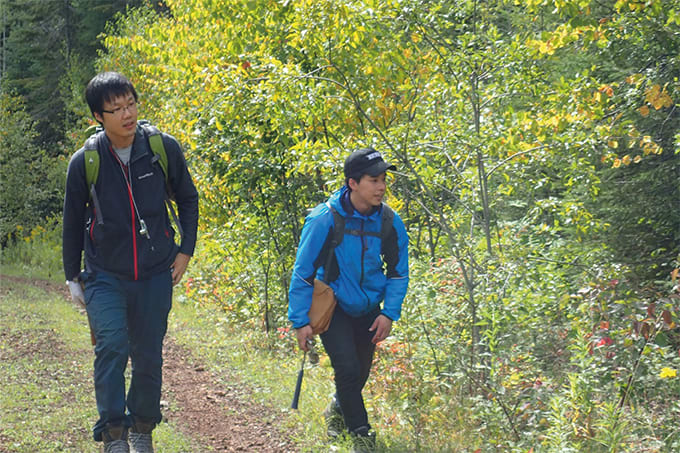Can you give me an introduction to the project?
Established in 1994, Ionoptika is one of the leading providers of high-performance ion beam technologies for surface analysis and nanofabrication applications and has expertise in cluster ion beams for secondary ion mass spectrometry (SIMS). Ionoptika had previously collaborated with the University of Surrey and the Ion Beam Centre to design a tool for single ion implantation (now sold as the Q-One system). We had already established a strong relationship when Mel Bailey got in touch about our water cluster SIMS technology. The goal was to see if we could help with their fingerprint imaging project.
What are the main challenges associated with detecting a drug like cocaine through a fingerprint?
The main challenge is detection when there are only trace amounts left, such as when someone has washed their hands after touching it. The other challenge is identifying whether someone has simply come in contact with the powder or whether they have actually ingested it. That was the focus of this study.
We used a proprietary Ionoptika technique called water cluster SIMS. A tiny cluster of water molecules is fired at the fingerprint and releases molecules that we detect in a mass spectrometer. We gradually build up a very high-resolution image of the fingerprint by repeating this at every pixel. This technique allows us to see both the fingerprint and all of the compounds that were transferred when the print was left.
What was the outcome of the study?
The results were really exciting. We could see the cocaine in the fingerprints, but we could also see the metabolite produced by the body when the donor ingested the drug. That means we now have a way of telling whether someone has taken cocaine or merely come into contact with it.
What is the biggest analytical challenge in forensics today?
As we start looking for smaller and smaller amounts of material in these samples, sensitivity becomes the biggest challenge. That’s why we strive to push the boundaries with techniques such as water cluster SIMS. It’s great to see the impact technologies like these can have.
These types of analytical techniques are helping us understand more and more about evidence as simple as a fingerprint. In this study, we looked at drug use – but there are many more markers that could be investigated. Eventually, they could help forensic scientists more easily identify an individual or even understand their state of mind (check out Simona Francese’s work at the University of Sheffield in this area). That’s really powerful.


References
- M Jang et al., “On the relevance of cocaine detection in a fingerprint,” 10, 1974 (2020). DOI: 10.1038/s41598-020-58856-0.




